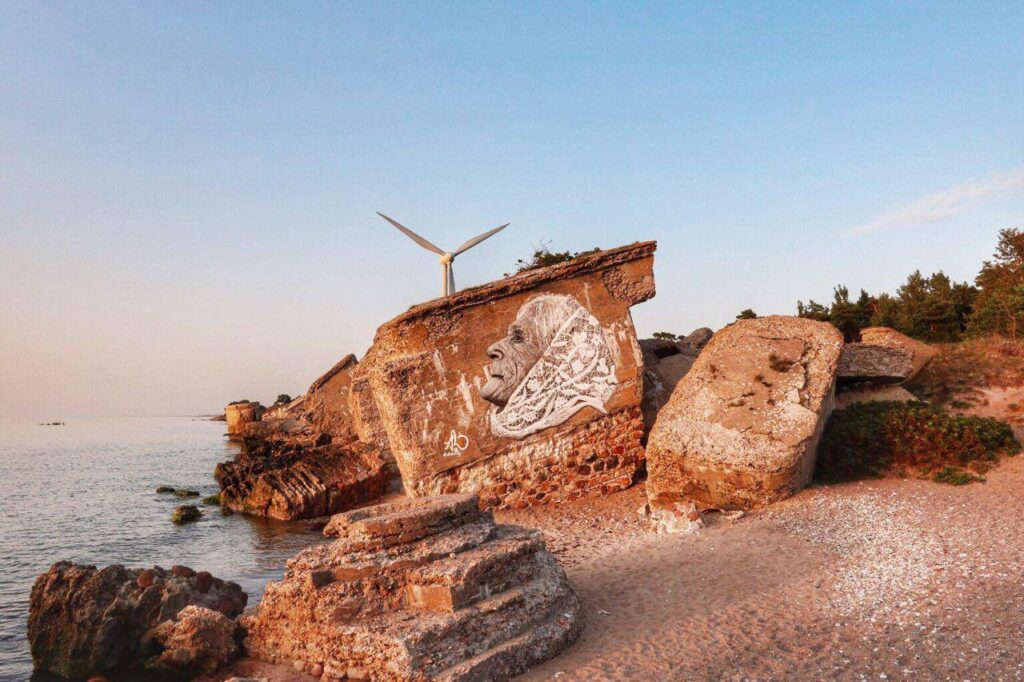Exploring Northern Forts: A Traveler’s Guide
Among the many historical sites across the world, the northern forts of Asia and Europe are some of the most breathtaking and memorable. From ancient fortresses to modern-day fortifications, these stunning landmarks offer a glimpse into centuries of wars, battles, and struggles for independence and power. In this guide, we’ll explore some of the most impressive northern forts and provide travelers with an overview of all the fascinating things to see and do there.
The History of Northern Forts
The history of northern forts stretches back centuries. These fortifications were used to protect and defend vulnerable settlements, to control trade routes, and to secure strategic military positions. Many of them were built in the Middle Ages, during the era of feudalism, to protect against invading forces. In the 18th and 19th centuries, some of the more impressive forts were constructed for defense against potential enemies.
Today, they’re a popular tourist destination for those looking to explore the rich history of northern Europe and Asia. Many of the fortifications still stand intact, offering a vivid glimpse into the past. From ancient strongholds to modern fortifications, there’s no shortage of fascinating historical sites to explore.
Notable Northern Forts
Kronborg Castle, Denmark
Kronborg Castle is one of the most iconic northern forts. Located in eastern Denmark, this spectacular castle was built in the late 15th century and is home to a number of historic fortifications. Designated as a UNESCO World Heritage site in 2000, it was the setting of Shakespeare’s famous play, Hamlet. Visitors can explore the castle’s impressive gardens, ramparts, and cannons, as well as the great Hall of Knights, which was once used as a royal ballroom.
Malbork Castle, Poland
Malbork Castle is a stunning example of northern fortification. Located in northern Poland, it was built by the Teutonic Knights in the 14th century and is the world’s largest brick castle. Visitors can explore the castle’s four courtyards, seven towers, and impressive ramparts. The castle also houses a museum, showcasing a collection of artifacts and artwork from the Middle Ages.
Vyborg Castle, Russia
Vyborg Castle is a stunning example of Russian fortification. Located in the city of Vyborg, it was built in the 13th century by the Swedes to protect against invading forces. The castle is home to a number of fascinating fortifications, including a moat, keep, and ramparts. Visitors can explore the castle’s churches, towers, and museums, which showcase a variety of artifacts from the Middle Ages.
Things to Do at Northern Forts
There are plenty of things to do at northern forts, from exploring the fortifications to taking in the stunning views. Here are some of the top activities for travelers:
- Explore the fortifications: Exploring the fortifications of northern forts is a great way to learn about the history of the area. From exploring the ramparts and cannons to taking in the stunning views, visitors can get a glimpse into the past.
- Learn about the history: Many northern forts have museums and exhibitions that showcase a variety of artifacts from the Middle Ages. From armor and weapons to art and documents, these museums offer a fascinating glimpse into the past.
- Take in the views: Many of the northern forts offer spectacular views of the surrounding landscapes. Whether perched on a coastal cliff or nestled in a lush countryside, these forts provide breathtaking panoramas that transport visitors to another time. Taking in the views from the ramparts or towers is a must for travelers seeking both historical and visual enrichment.
- Participate in guided tours: Many northern forts offer guided tours led by knowledgeable experts who provide insights into the fortifications’ history, architecture, and significance. These tours enhance the overall experience, offering a deeper understanding of the challenges faced by those who built and defended these structures throughout history.
- Attend cultural events: Some northern forts host cultural events, such as historical reenactments, concerts, and festivals. These events bring the forts to life, allowing visitors to immerse themselves in the atmosphere of the past. From medieval jousting tournaments to traditional music performances, these cultural activities add an extra layer of excitement to the fort exploration experience.
Whether it’s the iconic Kronborg Castle in Denmark, the expansive Malbork Castle in Poland, or the captivating Vyborg Castle in Russia, northern forts stand as testaments to the resilience and ingenuity of those who constructed them. Exploring these historical sites offers a unique journey through time, allowing travelers to connect with the rich history and culture of northern Europe and Asia.

